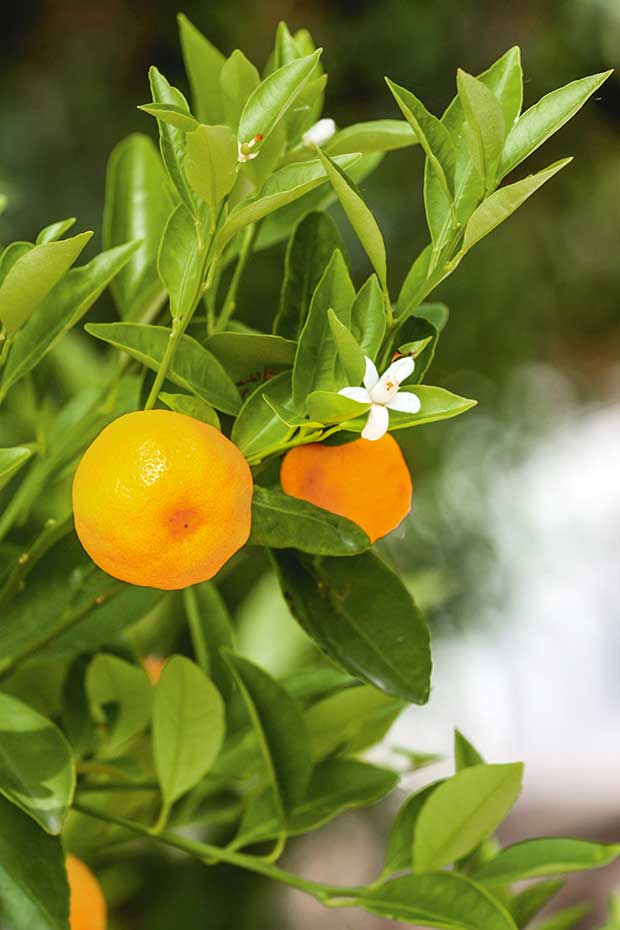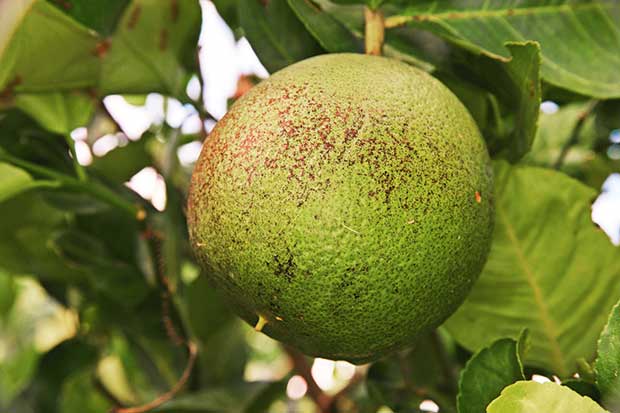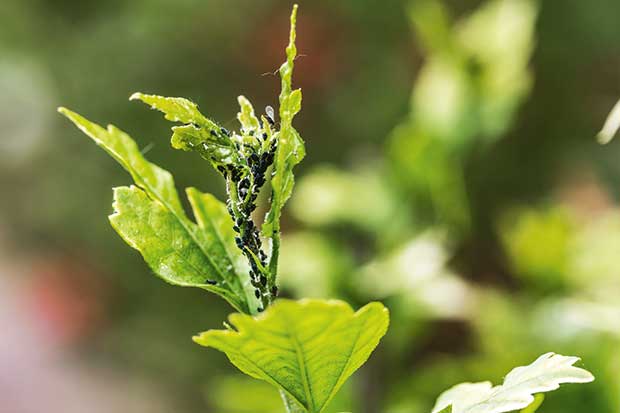4 common issues with citrus (and how to avoid them)

The things that turn citrus bad can be pesky little buggers.
Words: Jane Wrigglesworth
1. Thick skins and lots of pith
This can, in some cases, be blamed on the weather. In regions with cold winters, the skins can be thicker than in areas with mild winters. You may also notice that the skin of fruit on the shady side of a tree is thicker than that of the fruit on the sunnier, warmer side of the tree.
Unfortunately, there’s not much you can do about this other than clear away anything that might block sunlight from getting to your trees.
READ MORE: 6 ways to clean up a sorry looking citrus
READ MORE: Tips for growing citrus in containers
Young citrus trees tend to produce thicker skins. Once trees mature, they produce better quality fruit.
Thick skins may also be the result of a nutrient deficiency. Feed trees regularly with a specialist citrus fertiliser.
2. Little or no juice
Frost can be the culprit. Frost that hits while fruit is forming can cause the fruit to dry up. To prevent this, protect your trees with frost cloth on cold nights.
3. Black marks on citrus skin
This may be the result of a fungal disease called brown rot caused by wet weather. To prevent it, spray your trees with copper on a dry day.

If trees have dense foliage, prune to increase airflow and allow more sun into the centre of the tree. The more sun and air, the less chance of a tree getting a fungal infection.
4. A black soot-like covering on leaves, stems and fruit
This is another fungal disease known as sooty mould. It is a symptom of an insect infestation, often scale or aphids.
These insects suck the sap from the leaves and secrete their wastes, a sugary substance known as honeydew. Mould grows on top of the honeydew.

Use a spray or oil to deal with it. The mould will clear up once there is no more honeydew. You can wash your trees with soapy water to loosen the mould from the leaves.
JANE’S TIP: LET THE LIGHT IN
It can help to prune your citrus trees occasionally to keep the centre open and allow sunlight to penetrate. It also prevents the branches of trees that bear heavy fruit, such as grapefruit, from breaking. Prune after the fruit has been picked.
Citrus trees can be cut back hard, although this does mean you will sacrifice fruit the following season. Use a pruning sealer to stop rot or lemon tree borer getting into your tree.
MORE CITRUS TIPS
Love this story? Subscribe now!
 This article first appeared in NZ Lifestyle Block Magazine.
This article first appeared in NZ Lifestyle Block Magazine.
